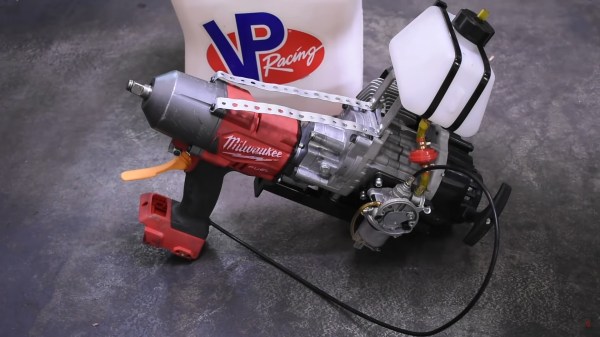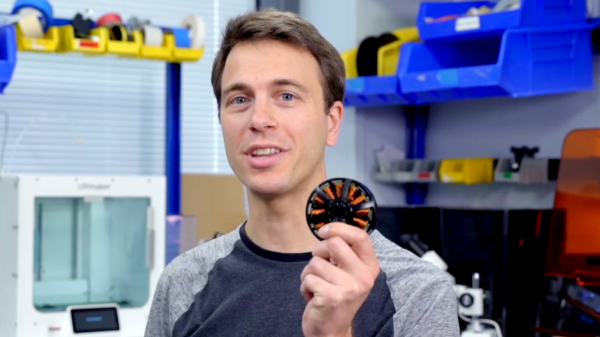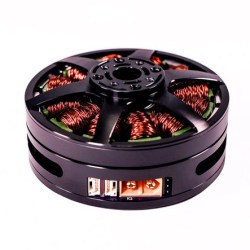Once the domain of automotive repair shops and serious hobbyists with air compressors, the impact driver so famously used to remove and install wheel lug nuts and other Big Fasteners with just a squeeze of the trigger is more accessible than ever. Thanks to Lithium Ion batteries and powerful and compact brushless motors, you can now buy a reasonably powerful and torquey impact driver for a relatively low price- no air compressor needed! But what if you relish the thought of a noisy, unwieldy and unnecessarily loud torque monster? Then the video below the break by [Torque Test Channel] is just what you need!
Now, this is Hackaday, so we don’t have to go into detail about why a person might want to rip out the electric motor and adapt a 60cc 2 stroke engine in its place. Of course that’s the obvious choice. But [Torque Test Channel] isn’t just mucking about for the fun of it. No, they’re having their fun, experimenting with internal combustion engines in odd places before they are banned by 2024 in California. Now, we’re not sure if the ban includes these exact types of engines- but who needs details when you have an impact driver that can change semi tires like a NASCAR pit crew.
Looking like an overpowered weapon from a first person shoot’em up game, [Torque Test Channel]’s modified Milwaukee tests well after some modifications. Be sure to watch the video to see how it performs against an electric tool that’s even larger than itself. There are graphs, charts, and an explanation of what can be done to make even more power in the future. We’re looking forward to it!
What’s that you say? You don’t have a two stroke engine sitting around waiting to be swapped into ridiculous gadgets? Look no further than your local fridge compressor and be ready to burn some hours getting it running.
Continue reading “Internal Combustion Torque Monster Has Great Impact”














